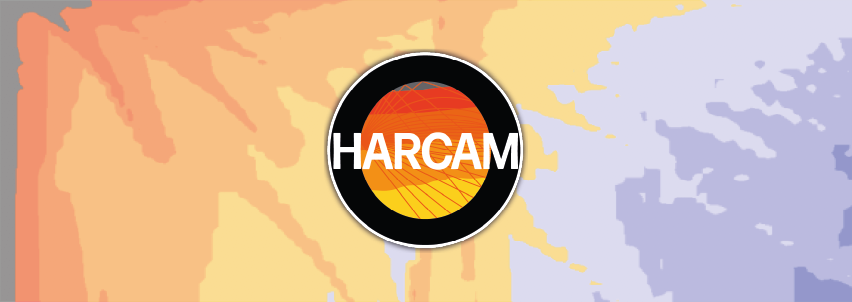

HODGSON and RAM Composite Acoustic Model (HARCAM) is a sonar range prediction system for research and detailed acoustic analysis.
It is a dedicated propagation loss system designed to produce accurate acoustic propagation loss data over a very wide frequency band – from 10Hz to over 500kHz. All data input and output is based on ASCII text files with one variant producing simple, common theme, graphical output suitable for quality control and logging purposes.
It is designed for users who need to produce large quantities of propagation loss data in an efficient manner and ideally using a computer that can run unattended. This makes HARCAM particularly suited to users involved in underwater acoustics research and environmental impact assessment. HARCAM is supplied with the same supporting data sets as WADER.
A unique feature of HARCAM is that it uses two models, HODGSON and RAM, to produce accurate propagation loss data at high and low frequencies respectively. In addition, it uses HODGSON to provide surface and absorption loss data to correct RAM output in the 250Hz-1000Hz range where these parameters are important and where RAM is unable to include the effect of the sea surface and absorption losses.
In essence, the two models form a symbiotic relationship to produce accurate, consistent propagation loss data from a single user interface over a frequency band that covers all operational sonars.
Using the system
All data inputs are in ASCII format. The system is configured to allow a large number of individual propagation loss calculations (10,000) to be completed using a single set of input files. The system can provide a set of graphical outputs – ray trace, probability of detection diagrams (PODgrams) and propagation loss curves – but the primary output mechanism is ASCII for downstream processing.
HARCAM PODgram
The PODgram provides an efficient way to assess detection ranges against target depths between the surface and seabed on a single display.
Effect of the sea surface and absorption loss
HARCAM uses a unique process to include sea surface and absorption losses in the low-frequency model, RAM. This process allows RAM to be used at a higher frequency than would normally be possible – in this case, 1000Hz.

